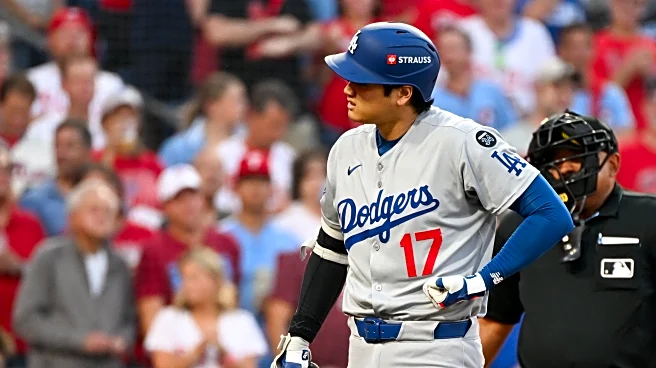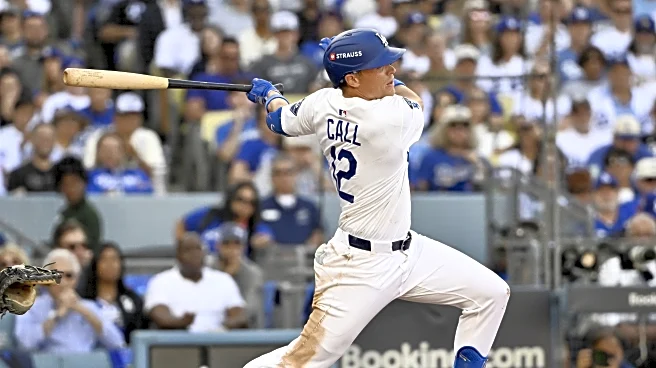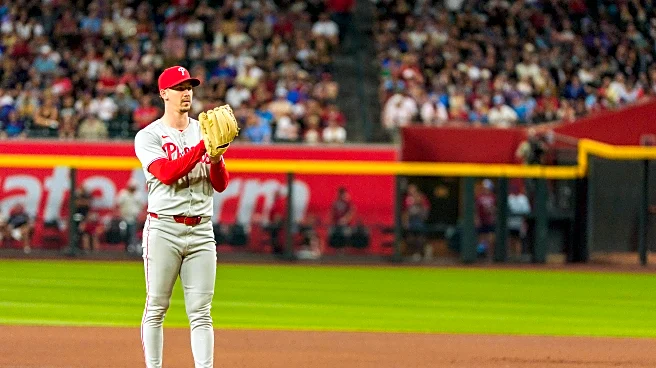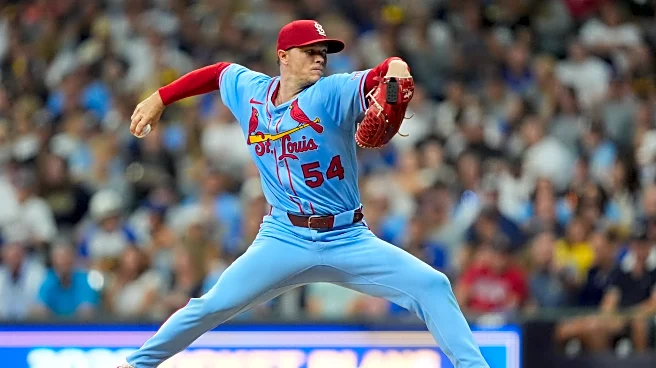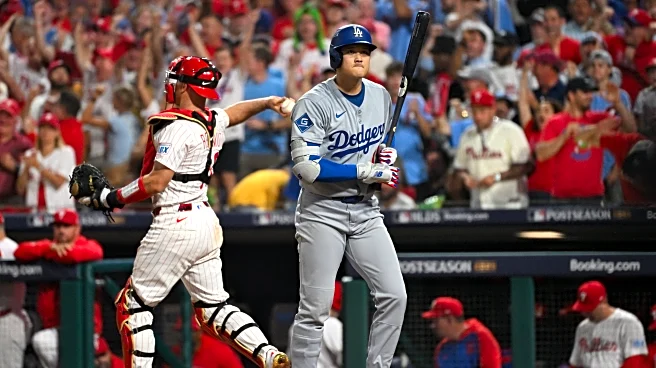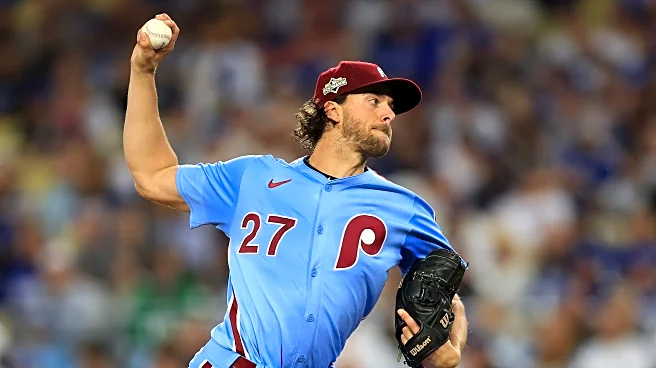Yesterday, we took an at bat by at bat look at how the Phillies were trying to attack Shohei Ohtani in the NLDS this season. Today, we’ll continue by looking at Game 2 of the matchup, one in which now, Ohtani can focus solely on his hitting. The yoke of his pitching the same game in which he was the designated hitter has been lifted and he can take his time to make sure he is honed in on one thing: hitting the baseball.
In this matchup, he’s going up against Jesus Luzardo, another left handed pitcher.
At first glance, this is something different from what he saw against Cristopher Sanchez. Both have the velocity on their fastball that is needed to enhance their entire repertoire, but their secondary stuff is a different.
First plate appearance

I think we could have all guessed that Luzardo would be amped up a bit by adrenaline to face Ohtani in the playoffs. His only other playoff start in his career was on the same Citizens Bank Park mound in 2023 as a member of the Marlins, so to say he was a bit excited to be doing it again would probably be an understatement.
What’s interesting here is that Luzardo’s approach is pretty different from what he did during the regular season. In it, his sinker was only used 10% of the time while the four seam was used 34% of the time. One would probably rightly guess that if he’s going to throw a fastball, it’s going to be the four seam since it was so good on the season for Luzardo. Instead, we see he doubles up the sinker. Why? It’s kind of in line with how his season went.

Of the two fastballs he throws, as the season progressed, he leaned more into the sinker and for good reason. Four seam fastballs have a tendency to get hit pretty hard when contact is made and for Luzardo, as the season wore on, batters were starting to barrel it a bit more.

If one is going to face a hitter like Ohtani and go after him with a fastball, it had better be the variety that isn’t getting hammered as much as Luzardo’s was in the latter part of the season. It fits in with the ways Sanchez and Matt Strahm had gone after Ohtani with their fastballs: use the one that if it is hit, it has a better shot at going into the ground than in the air.
My favorite part of this at bat is when Ohtani wags his finger at the called third strike as if he is offended that the umpire would call that pitch a strike. Brother, that’s just a filthy changeup that you weren’t going to do anything with anyway.
Second plate appearance

Short and sweet baby.
As I stated before, if you’re going to use a fastball against Ohtani, it better be thrown with velocity and it better be the one that stands a better chance at getting hit into the ground and you better not miss. Luzardo doesn’t miss here, getting in on his hands and forcing him to ground out weakly to second.
Third plate appearance

Again, the pattern of hard in/soft or breaking down and/or away is still present. The scouting report is holding true.
For me, the hard in portion of it is the most difficult because of the need for velocity. It’s so hard to make sure that you’re getting it there hard enough and in the right spot that, as we saw yesterday, he can make the pitcher pay so badly for the misses. Through these first two games, Sanchez and Luzardo are just not missing. If it is a miss, it’s a noncompetitive pitch, one that Ohtani just isn’t going to offer at. It’s one of the impressive things about their gameplan for him that helped the team find success.
Fourth plate appearance

See what happens when you don’t combine the velocity with the hitting of spots?
Ohtani gets his one hit for the series, sneaking a fastball that just isn’t hit hard enough for Strahm to miss there. But again, notice it’s a sinker that Ohtani hits, not a four seam. Had he missed with the four seam in that location, the end result of the at bat could have been much different.
Fifth plate appearance

I have to admit: attacking Ohtani with mostly knucklecurves here was not something I had on my “Duran vs. Ohtani” bingo card.
You know who else wasn’t expecting it? Shohei Ohtani.
Sure he misses some gas thrown here by Duran, but a 2-2 knucklecurve thrown to his backfoot is about as effective a pitch as Duran can throw. That’s the land of sliders to a left handed hitter, but with Duran not possessing one, it again had to be perfect.
And it was.
Once the series was over, Andrew Friedman talked openly about the Phillies and their approach to Ohtani.
“I think the biggest thing is the stuff that the Phillies threw at us obviously was really good,” Friedman recently said. “But even beyond that, I thought the execution was as good as it can possibly be. So I think the combination of those things lining up.
“Look, if a pitcher who has really good stuff executes at an A-plus level, hitters aren’t going to hit. Hitting is way too difficult. It’s about hitting mistakes more than not. And they executed it on him at an elite rate. So could some swing decisions help and potentially get a mistake? For sure.
“But I think it was the most impressive execution against a hitter I’ve ever seen.”
What these last two games have shown is exactly that: the team had an approach that they decided on with whoever was on the mound. When it worked, they got him out and they had him confused. The lone time it didn’t work in these two games, the at bat against Strahm here in Game 2, he got on via a base hit. He was still kept in the park, but still – he reached base safely.
We’ll continue this look tomorrow with Game 3, a game in which the team had the kitchen sink ready to go.
